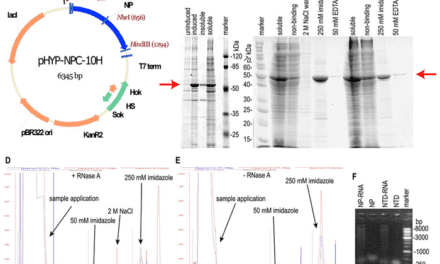A new study links a part of the complete blood count (CBC) with risk of hospital admission and in-hospital mortality. The test is called red blood cell distribution width (RDW). It measures the variation in size of red blood cells.
Researchers in the Department of Emergency Medicine at UCLA David Geffen School of Medicine conducted a retrospective analysis of more than 200,000 adult emergency department visits with complete blood count results from March 2013 to February 2022. The primary focus of the study was to explore the relationship between the initial RDW value obtained during the emergency visit and two key outcomes: hospital admission and in-hospital mortality.
The researchers found that the RDW value was significantly higher in visits that resulted in hospital admission, and among those patients who were admitted, the RDW was even higher for those who required intensive care unit (ICU) stay or experienced in-hospital mortality. An RDW value above 16 achieved 90% specificity for hospital admission, while an RDW value above 18.5 achieved 90% specificity for in-hospital mortality.
Further reading: AI Could Improve Heart Attack Diagnosis in Emergency Departments
The study’s findings align with previous research linking elevated RDW to increased mortality risk in conditions such as myocardial infarction, pulmonary embolism, heart failure, sepsis, and COVID-19. The current research, however, establishes the association of RDW with overall hospital admissions and in-hospital mortality across all-cause adult ED visits.
The authors say while elevated RDW alone might not be sensitive enough to serve as a comprehensive diagnostic tool, using it in combination with other clinical information may help doctors be better equipped to predict hospital admissions and identify patients at risk of in-hospital mortality.





